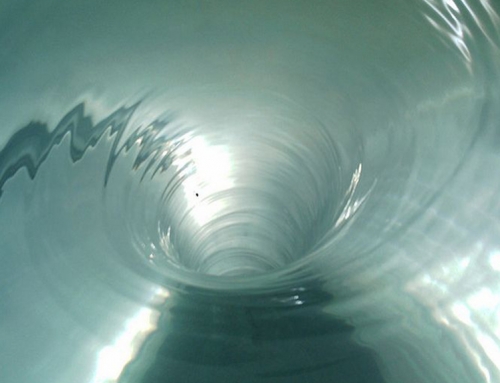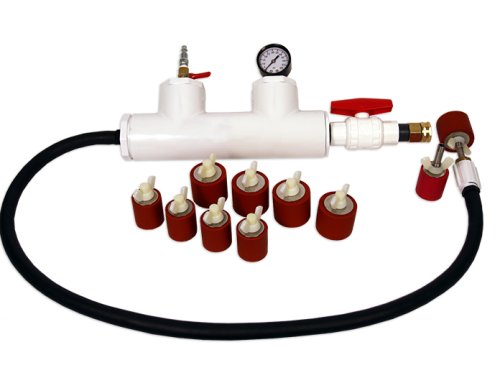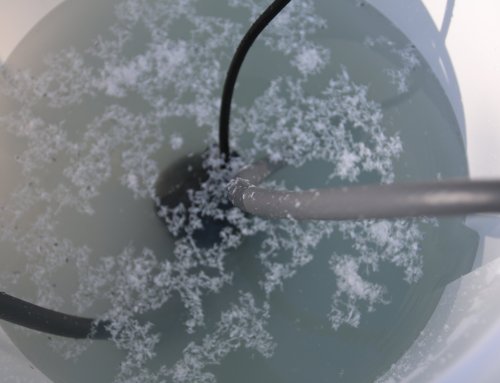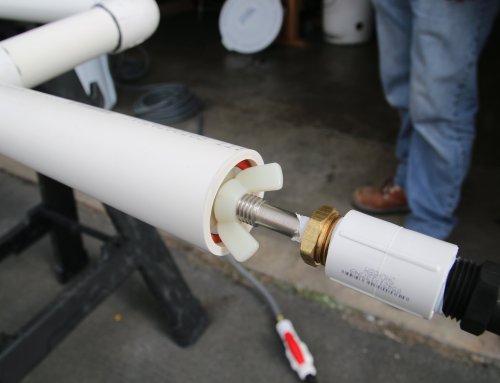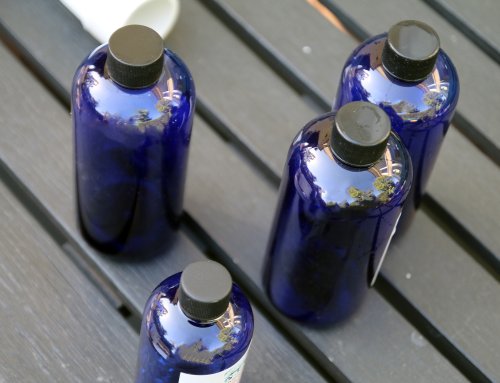In the world of home maintenance, encountering small leaks in your swimming pool is an inevitable hurdle every pool owner might face at some point. Not only can leaks escalate your water bill, but they can also undermine the structural integrity of your pool over time. Fortunately, there are several DIY solutions you can undertake without resorting to cutting or digging. Here, we delve into the DIY repairs for small leaks in your pool to pinpoint and fix those small leaks yourself, without the need for professional help!
Step 1: Detect the Leak
Before you start fixing the leak, the first and foremost step is to identify the source of the leak.
- Visual Inspection:
- Preliminary Checks: Begin by inspecting obvious places such as around the pool equipment, pump system, and filtration system.
- Dye Test: To locate the leak, use a dye test kit available at pool supply stores. This entails putting a few drops of dye near the possible leak area. Then, observe if it is pulling dye in, indicating a leak.
- Bucket Test:
- Setup: Place a bucket of water on a pool step ensuring you submerge it to some extent in the pool water. Mark the water levels both inside and outside the bucket.
- Observation: After 24 hours, compare the water levels. If the pool’s water level has decreased more than the bucket’s water level, there might be a leak.
Step 2: Repair the Leak
Once you’ve identified the leak, it’s time to roll up your sleeves and get to work.
- Pipe Leak Repair:
- Pipe Repair: If the leak is in the pipes, using a trenchless pipe repair system can be a solution.
- Sealants:
- Flexible Sealants: Utilize sealants like PipeFuze and LeakShot which are designed for pools to fill in small cracks and gaps where leaks occur.
Step 3: Monitoring and Maintenance
After you complete the repair work, it is crucial to monitor the pool closely for a few days. This helps you ensure that you successfully repaired the leak.
- Water Levels: Keep an eye on the water levels, and if they remain consistent, it indicates a successful repair.
- Chemical Balance: Maintain the pool’s chemical balance to avoid future leaks.
Tips and Tricks
- Early Intervention: Address leaks as soon as you detect them to prevent extensive damage and high repair costs.
- Regular Maintenance: Engaging in regular maintenance can keep small problems from becoming big ones.
- Safety First: Always prioritize safety by turning off all pool equipment before beginning any repair work.
Leak repairs do not always necessitate a call to the professionals. With the right tools and a bit of know-how, you can fix small leaks in your swimming pool. Remember, the key to a long-lasting repair is to accurately locate the leak first. Then use the correct materials for your pool type to complete repairs. Now, you are all set to enjoy a leak-free swim in your pool!

